Don't wanna be here? Send us removal request.
Text

Robert Indiana, Nine Golden Orbs, 1959
302 notes
·
View notes
Photo

Mary Oliver, from “We Should Be Well Prepared”, Red Bird
30K notes
·
View notes
Photo

363 notes
·
View notes
Text

Baths of Caracalla Rome, Italy
86 notes
·
View notes
Text

James Abbott McNeill Whistler, Nocturne in black and gold, The falling rocket, 1875
101 notes
·
View notes
Photo

🐺 Ibis [London]Published for the British Ornithologists’ Union by Academic Press. Original source Image description: Illustration of a Circaetus fasciolatus, a large bird of prey with a hooked beak, yellow eyes, and barred white and brown underparts. It is perched on a tree branch with detailed, textured feathers in mottled brown and black on its back and wings, and a striped tail. Green leaves and soft foliage provide a natural background. The artwork is a scientific ornithological plate by J. Wolf, dated 1862, from a publication associated with the British Ornithologists’ Union. The image is titled “Ibis” but focuses on this raptor species, unrelated visually to the keyword “wolf” except by the artist’s name.
149 notes
·
View notes
Text
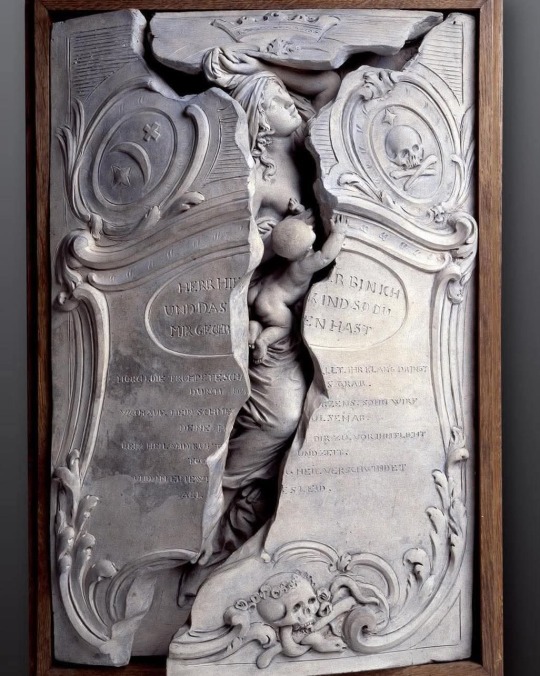
Memorial to Maria Magdalena Langhans, who died giving birth to a still born child at the age of 28. This is a terracotta copy of the gravestone, which is now located in the parish church of Hindelbank near Berne, Switzerland. 1775 AD, Historische Museum Basel
From Museum of Artifacts
181 notes
·
View notes
Text
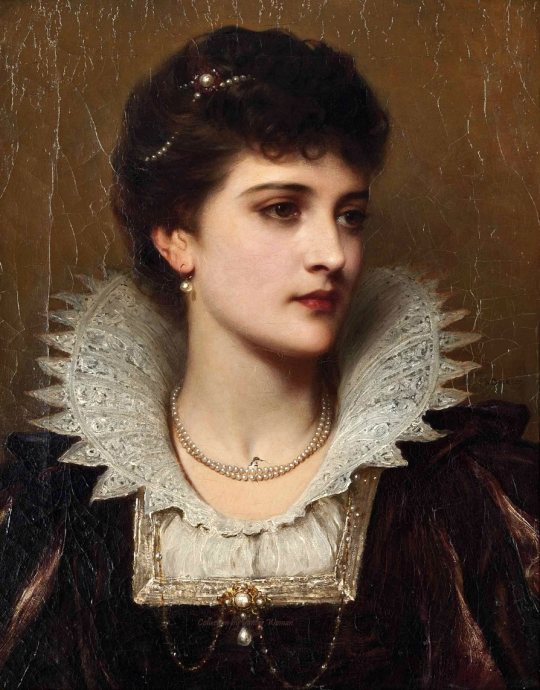
Amy Robsart (19th century) by Thomas Francis Dicksee
272 notes
·
View notes
Text
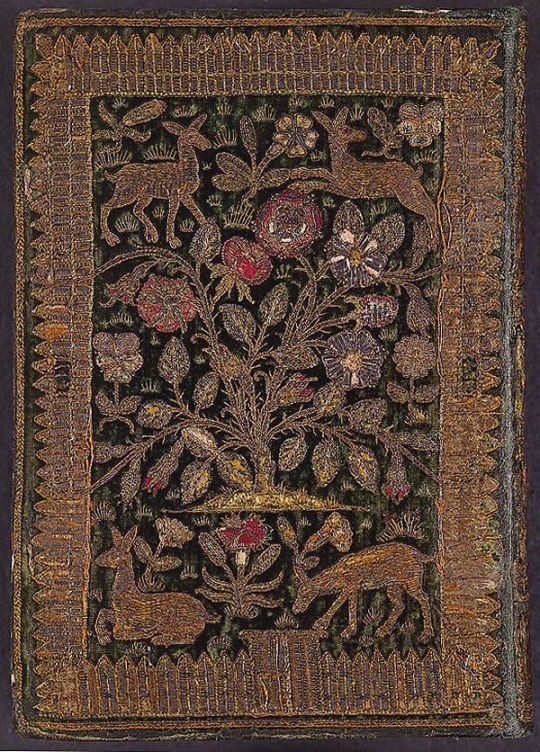
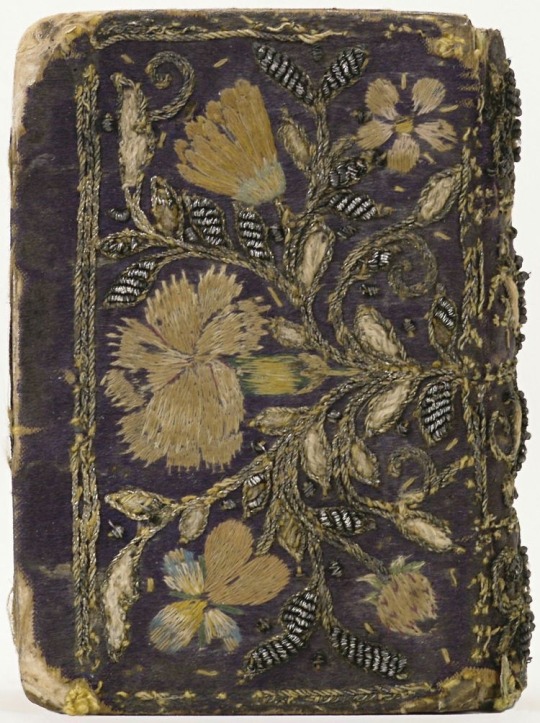
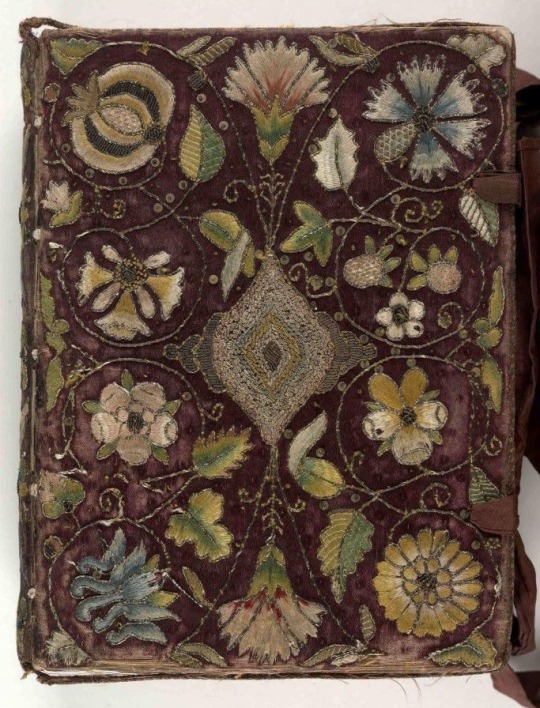
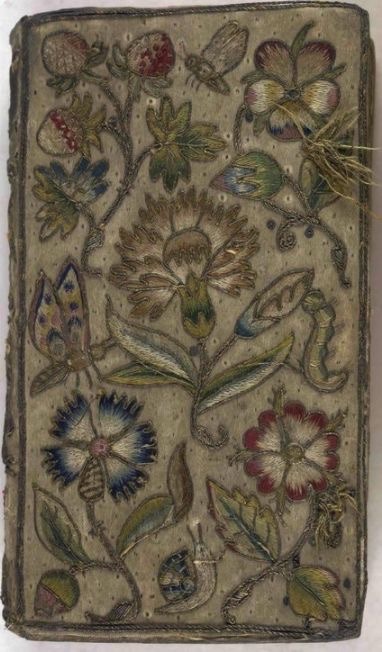
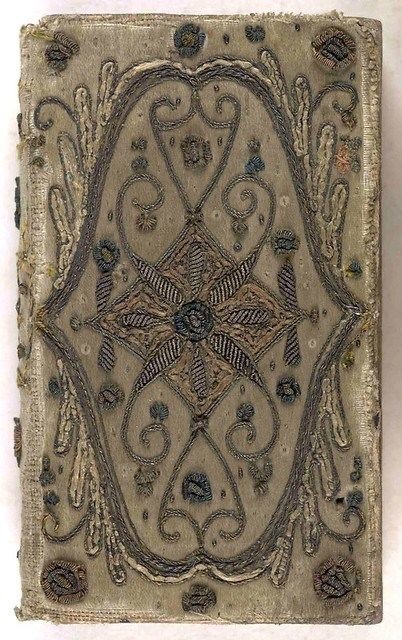
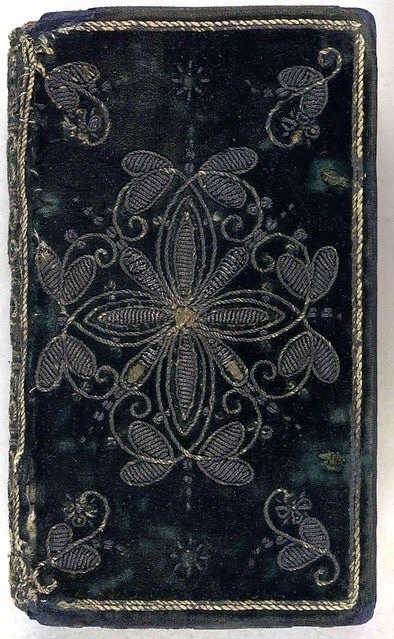
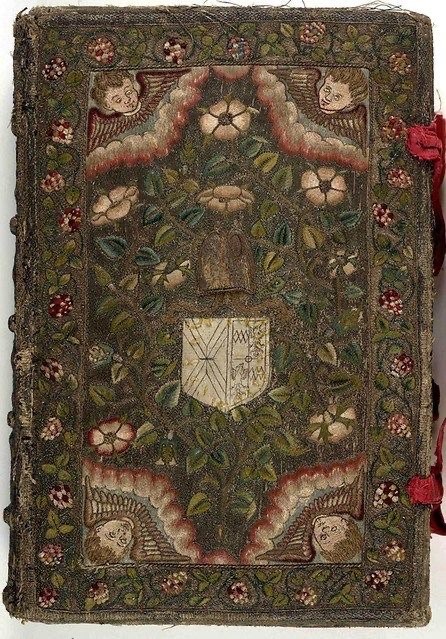
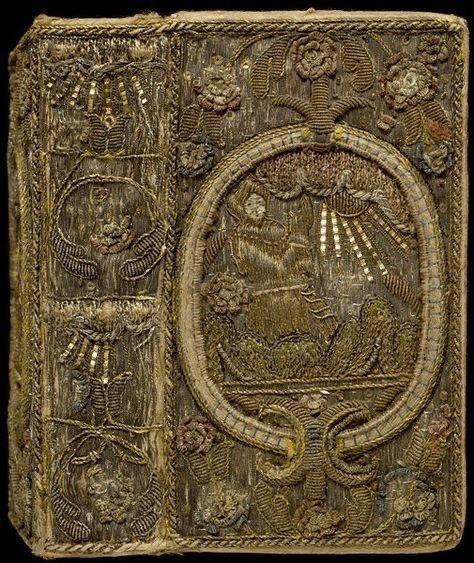
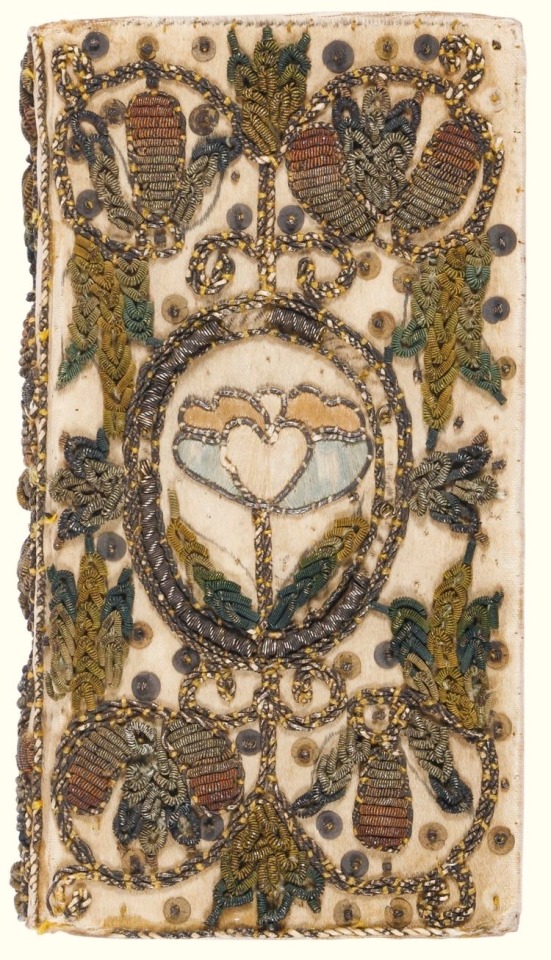
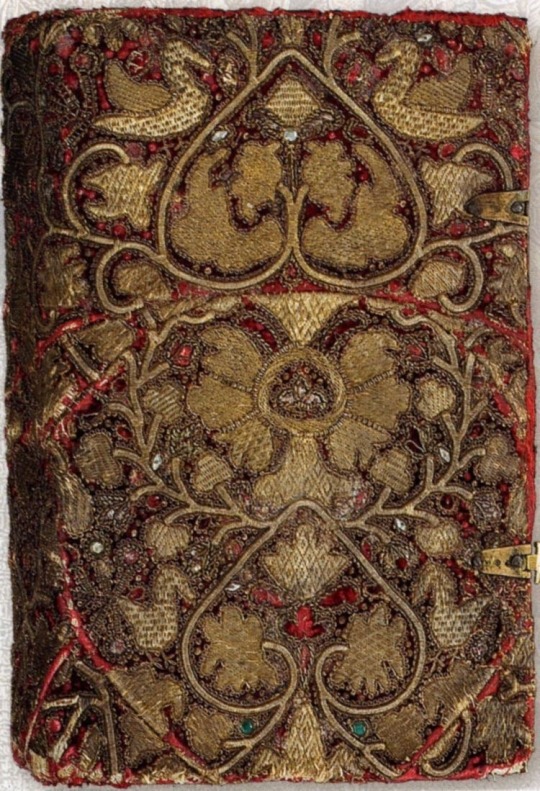
Embroidered Book Covers, 15th-17th centuries
10K notes
·
View notes
Photo



The multiverse, Shane Drinkwater
531 notes
·
View notes
Photo










Dolls’ houses by Gottschalk, late 19th-early 20th century.
Moritz Gottschalk founded a bookbinding shop in Marienberg in 1860, and in 1873 he expanded to making dolls’ houses. When the railway reached Marienberg his exports grew and by the end of the century Gottschalk houses were immensely popular throughout Europe and America. The houses relatively cheep, since they were wooden and pasted with lithographic paper. They were beautifully executed and highly inventive, often with working lifts and electric lights, pull-out gardens, moveable awnings, and impressive furniture. Moritz Gottschalk died in 1905, and the company was passed to his son, remaining family-run. The early houses have distinctive blue roofs, the red roofs were introduced around 1919.
411 notes
·
View notes
Photo

ph. Glen Luchford
6K notes
·
View notes




